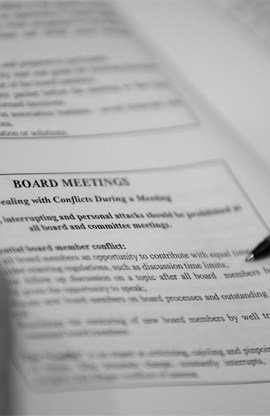Mulcahy Law Firm, P.C. was recently contacted by a condominium Board grappling with a perplexing issues – an owner’s unattended vehicle, left idling for an extended period of time in their underground parking garage. The association reported that the car had been left for over 20 hours, and attempts to contact the owner were unsuccessful. While this may appear to be a specific problem, it’s one that has become increasingly common in recent years, largely due to the rise of keyless vehicles.
In this blog post, we will delve into the intricacies of dealing with unattended vehicles in condominium parking garages, exploring the legal implications, practical challenges, and potential solutions. Whether you’re a condominium board member, community manager, or a concerned homeowner, this information will help you navigate this growing challenge effectively. Please note that the tips provided can also be applied to vehicles left unattended in open-air parking lots.
1. Contact the Fire Department for a Hazard Assessment
In situations where an unattended vehicle poses a prolonged hazard in a condominium parking garage, it’s essential to prioritize safety. This includes the possibility of fire hazards due to idling engines or other safety concerns associated with unattended vehicles. In such cases, it is advisable to contact the local fire department promptly.
The fire department can perform a professional assessment to determine if there is a potential hazard. If they identify a risk, they have the expertise and authority to take necessary remedies. This might include turning off the vehicle, removing it from the garage, or implementing other safety measures to mitigate the risk. The fire department may determine that they need to break a window to disable the vehicle, and the fire department has the authority to take such action(s).
Remember that safety should always be the top priority when addressing issues related to unattended vehicles. Acting promptly and involving the appropriate authorities, such as the fire department, can prevent accidents/injuries and ensure the well-being of everyone in the condominium community.
2. Request a Hearing in Front of the Board with the Owner
Invite the owner to attend a board hearing to discuss the potentially hazardous situation, which may include concerns such as toxic poisoning or fire hazards. This allows for a direct and open dialogue to address the issue.
3. Review Your Documents
Examine your condominium documents to determine if there is a nuisance provision or language specifically addressing an owner’s responsibility for creating a dangerous situation. This can provide a legal basis for taking action.
4. Issue a Violation Notice with Fines
Send a formal violation letter to the owner, outlining the concerns and potential consequences. Clearly state the possibility of levying fines. Offer the owner an opportunity to be heard, in accordance with Arizona law.
5. Inspect and Maintain Garage Sensors
Many parking garages are equipped with sensors to monitor fume levels. Regularly inspect and maintain these sensors to ensure they are in working order.
These suggestions provide a clear and structured approach for addressing unattended vehicle issues while prioritizing safety and compliance within the association. Please contact Mulcahy Law Firm, P.C. with questions or comments.
